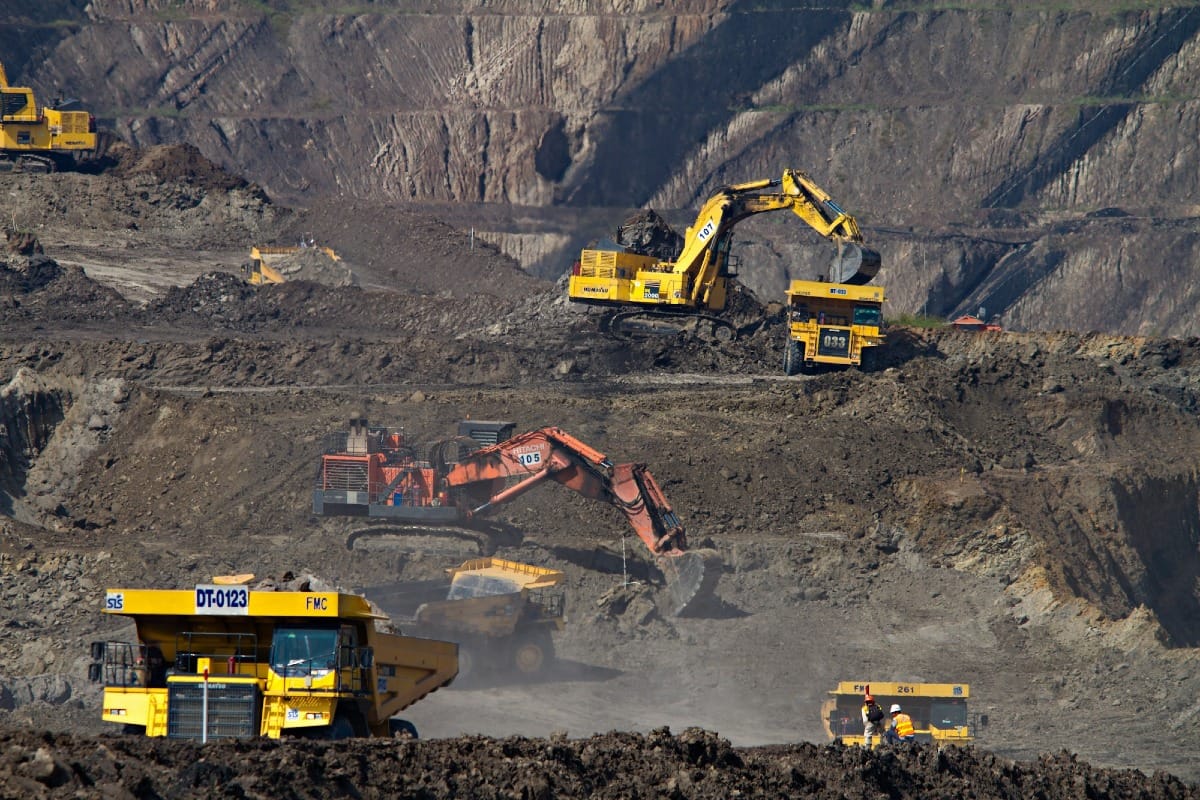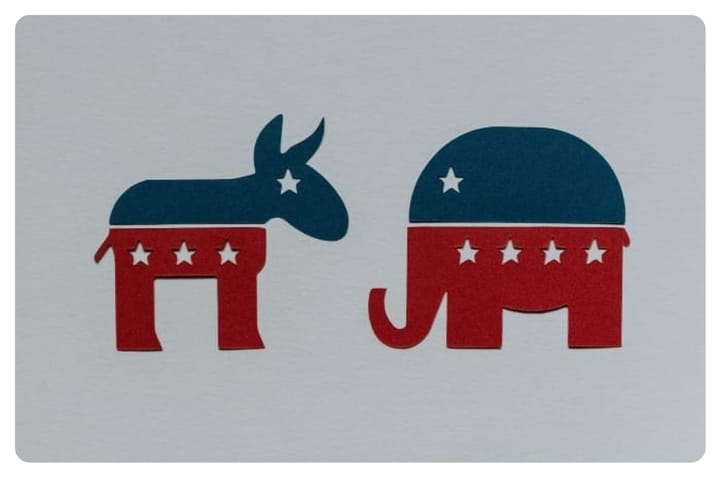Life and Culture in a Coal State
West Virginia still produces a lot of coal and it still prefers coal as a source of electricity. In these respects it differs from most other states. There's a story to tell about why this is still the case. A lead character in the story is the WV Public Service Commission.

The mandate of the West Virginia Public Service Commission is to regulate utilities in the state. It is supposed to act as a kind of a middleman: on the one hand, guaranteeing the success (and profits) of a utility in order to assure that it provides reliable service, on the other hand, to guard against the utility gouging its rate paying customers or providing inadequate service. PSC is supposed to do a balancing act in other words. It sets the rates that utilities can charge and the rates customers will pay. It has two “children” to care for, but all the evidence says that it likes one of its children more than the other.
The WV PSC operates differently from all its sister regulatory agencies in the surrounding states. It has a clear history of letting the utilities tell it what they want and the PSC giving it to them.
It started in 2008 when the price of coal to fire electricity generating plants started to skyrocket. There were two main reasons for the increases. China started buying US coal, especially West Virginia coal, to fuel its massive industrialization. Second, natural gas through fracking technology became available as a cheaper, cleaner alternative to coal. A third factor was that the US Environmental Protection Agency published a rule that required coal fired plants to emit much less air contamination.The EPA factor, motivated as it was to protect the energy consuming public’s health, was not liked by energy producers because it required upgrades to their plants–expensive updates especially for coal fired plants.
In all the states surrounding West Virginia, the increasing cost of coal fired electricity was addressed by their utilities decreasing their reliance on coal. In many cases they refitted or created new plants to burn natural gas, in others they sold off their holding in coal fired plants and built up their renewables (wind and solar especially) capacity. WV, however, did none of those things. The consequence of WV sitting on its hands was that electricity rates more than doubled between 2006 and today, a faster increase than in any other state.The PSC was complicit in all of this because as part of their regulatory authority they could have pushed the utilities, But it did not.
Being that WV is a coal state and proudly so, the PSC itself became a coal booster. This was to a great extent because of the advocacy of the coal industry itself which fired up a campaign arguing that the Federal government had let the EPA run amok with rules and was waging a “war on coal.” The industry retaliated by creating a public relations group called the Friends of Coal and started churning out messaging telling the politicians, the schools, the coal communities that the EPA was killing the WV economy. This argument convinced the PSC and guided its actions.
The electricity generating industry is hugely complicated in how it organizes itself. There are layers and layers of management that operate within and between states and even sometimes in local communities. More and more, particularly with solar energy, individual households can generate their own electricity and tie it into the for-profit electric grid network.
But basically there are two markets that utilities operate within. One is a wholesale market where the largest utilities sell their electricity directly into massive interstate grids that push energy where it's needed most. There is also a retail market where often subsidiaries of these wholesalers supply energy to businesses, farms, and households.
The energy wholesalers are not regulated by PSC’s. The rates they sell at are internally set by all the utilities that collectively maintain and operate the interstate grids. It’s complicated. But the implication is that a wholesaling utility is a real business. Its profits or losses are determined only by how well it does business and any rewards fall to its shareholders. It’s only the energy retailing companies which are regulated by PSC’s. As such, they are guaranteed a certain profit, but any losses ultimately fall on the shoulders of the consumers. The utilities become effectively too big to fail.
There are four of these retail utilities operating in WV, two each as subsidiaries of two different wholesaling utilities. Potomac Edison, serving the Eastern Panhandle, is one of them. It is a subsidiary of the wholesaler, FirstEnergy.
Now here’s where the story gets a little sticky. Potomac Edison sends us, its customers, a bill every month detailing how much energy we’ve used in that period and billing us at the rate that the PSC has allowed them to charge us. That’s the famous kilowatt/hour (kWh) base rate, plus add-ins to the base rate to cover various kinds of surcharges, which are not easy to get a handle on.
One of those surcharges represents the amortization costs of bonds the company issues. These bonds are often issued to cover losses due to unforeseen causes. One such “unforeseen” cause occurred when FirstEnergy faced huge losses from its coal fired plants after the price of coal zoomed and the EPA ruled to reduce emissions. Remember that these losses would normally be absorbed by its stockholders.
However, FirstEnergy had a plan. It would sell these unproductive plants to Potomac Edison and its sister subsidiary. It sold the plants at rates beneficial to itself and so avoided large losses. However, the operating losses for these still unproductive coal plants now went onto the books of Potomac Edison, which went to the PSC and asked it to authorize a bond sale to cover them. That way PE wouldn’t have to raise rates drastically. But the servicing of the bonds would be phased in little by little over a 30 year period to the base rate that future customers would pay. Those “future” customers are now us, by the way,
The PSC should have turned a skeptical eye to this financial dodge and rejected the deal, which they could have done. It did not, however, because it is a Friend of Coal. In brief, this is why WV is still burning coal for more than 80% of its electricity—more than any other state, why it has not disinvested in aging, dirty coal fired plants, why it has avoided investing in renewable energy, and why electric bills have skyrocketed. We’ve not been well serviced by our public service agency.
PS: The material for this article is substantially derived from the book The Coal Trap, by James Van Nostrand. Van Nostrand provides many more examples of the close relationship of the PSC to coal culture.


Comments ()